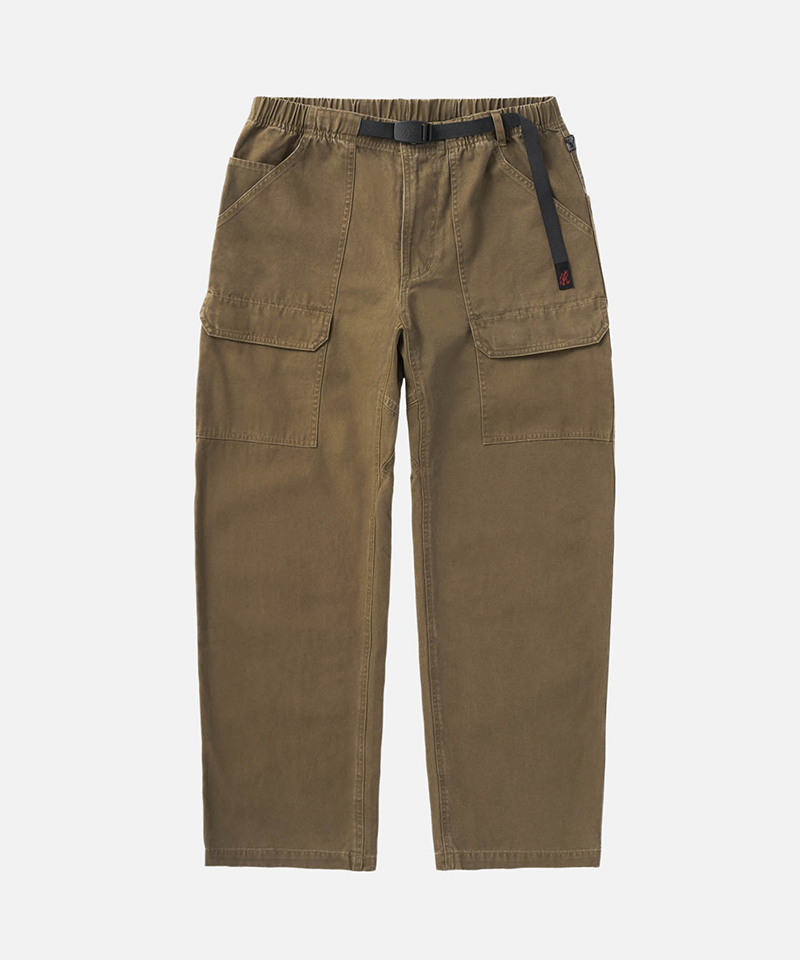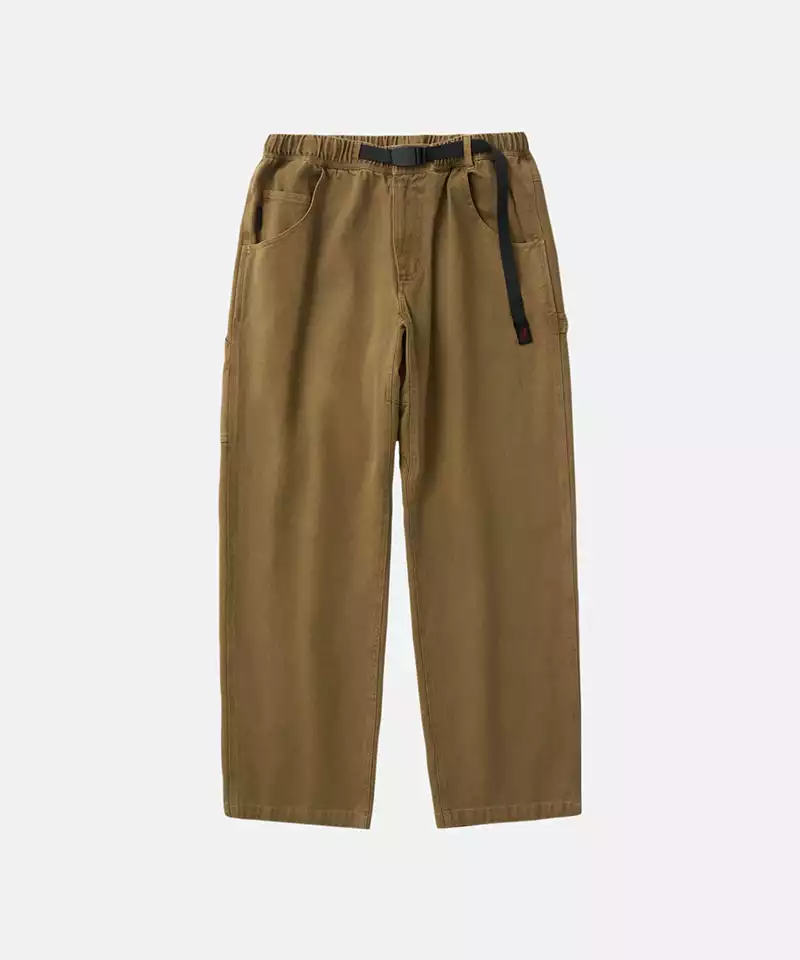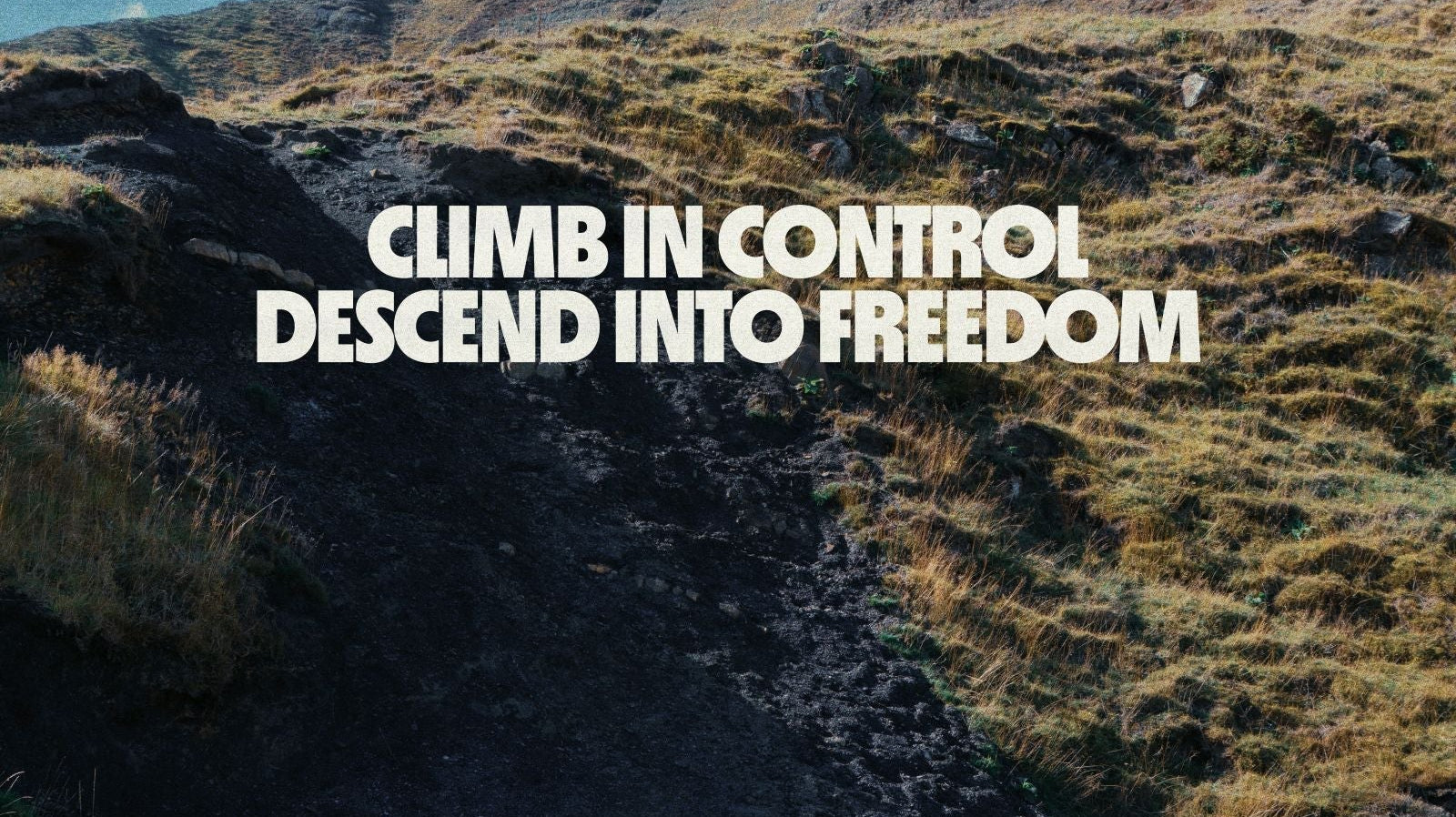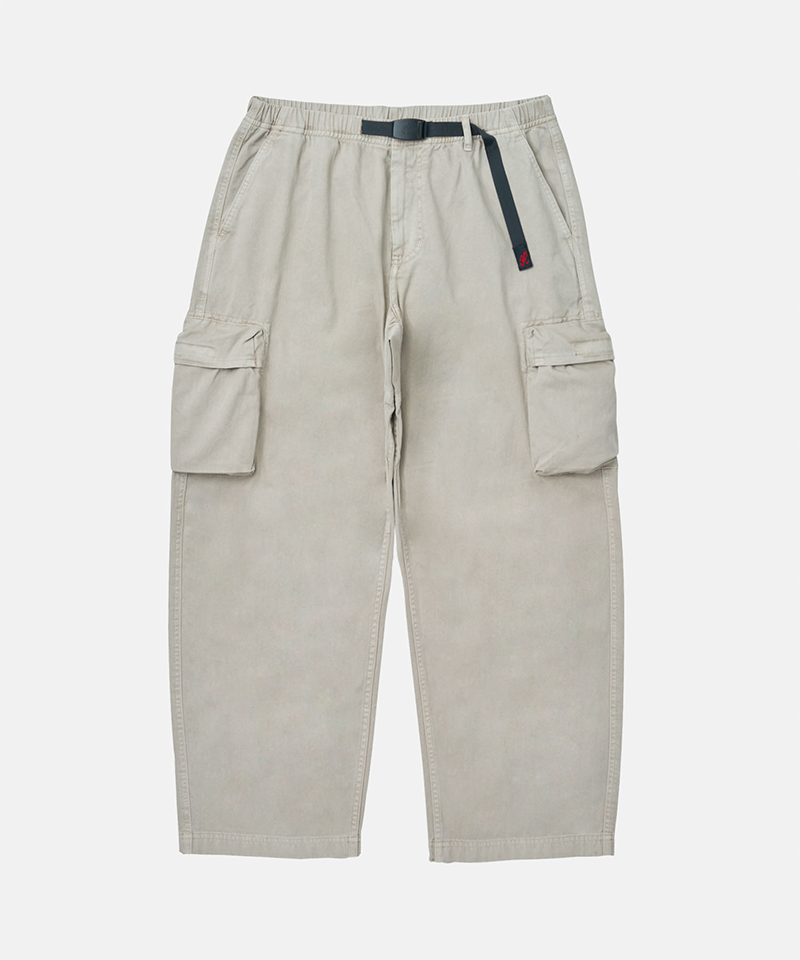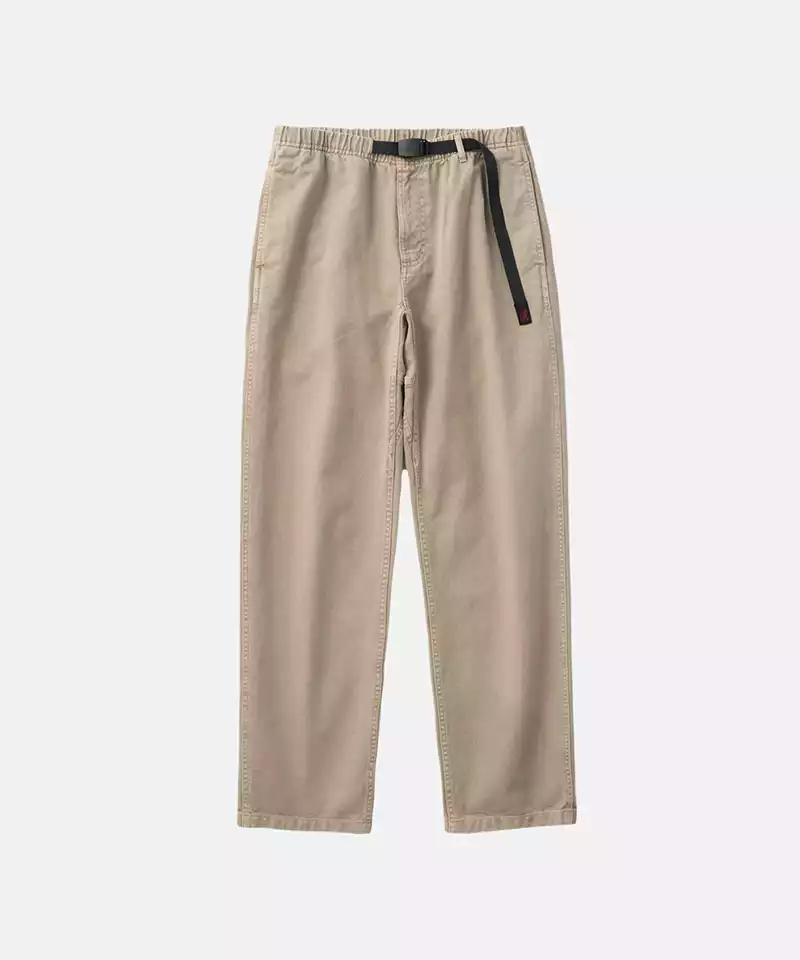
Photo @steep_learning_group
By Alice Hafer
Eighteen-year-old Keenan Burkley assessed the piles of gear on the ground as his Environmental Studies professor, an outdoorsman with a laundry list of accomplishments, belayed an unsuspecting teen huffing and puffing up a towering sandstone crack. Harness and helmets decorated the ground and surrounded the tense, stiff bodies of nine other students who watched in awe, trying to envisage what they would use for their own climbing technique as the hanging climber’s hands slid and feet scratched.
This group of ten college students was about to test their fears for the first time in the San Rafael Swell, a 75-mile giant dome-shaped anticline of sandstone, shale, and limestone crag in Utah, and Keenan Burkley was one of them.
As the other student’s voices “oo-ed” and “awed” watching the ginny-pig climber, young Burkley took in the otherworldly waves of giant stone plates and wondered to himself, how in the world he was going to ascend one this unusual slippery yet roughly textured rock. As far as he knew, climbing outside is a wild west where landings are rarely flat, rock breaks when you hold onto it, and boulders can cascade from above, it’s no wonder gym-lovers rarely embrace the outdoors.
Burkley’s palms started to sweat as he waited in line for what would be his first climb outside, and his first climb, ever. Was this a good idea? Was he ready to ascend real-rock?
Keenan’s heart raced as the professor lowered the climber, beaming from ear to ear, to the ground. Burkley looked down at his beat-up Converse and hoped they would stick to the rock.
He was next.
Pasting one rubber-soled foot and then the next, Burkley slipped immediately and had to reposition himself. He pressed his foot to the rock more firmly and then jammed his foot deep into the menacing crack. His hands seemed determined to remove themselves from the rock as he tried first to push the crack open to brace himself and then to jam his whole hand inside. He tensed his whole body to keep himself holding on to the rock. Where would his next hand go or foot go? He only had his intuition to help him decide.
“You gotta stick your fingers in the crack!” his professor called. He told him to hold the edge of the crack and lean back. “It’s called a layback.”
Burkley heard encouragement from his peers and professional calling somewhere in his distant perception, “That’s it. You got it. You got it.”
By some miracle, he moved his feet up high and was able to shuffle his hands up. He was halfway there. Burkley wondered to himself what a hand jam and finger lock were as the professor bellowed more directions.
Burkley paused, breathing so heavily that he wasn’t sure he would ever get enough air. He looked down at the professor.
The fateful words reached his ears, “I'm not letting me come down till you get to the anchors.” Which meant, the top.
Burkley flailed and grunted, determined to get to the anchors having no idea what he was doing.
Young, unspecetful, muscles clenched like a brick, Burkley knew, the only option was to go on. Thoughts raced through his head: What's keeping this rope in place? How is this working? What's keeping me safe right now?
If you’ve tried your talents on rock or are considering the risk, you’ve probably been there. These are the questions that haunt climbers new to going outside.
Inundated by advice columns, podcasts, and YouTube videos telling climbers to brace themselves for the grueling outdoors, telling most climbers to wait until they’re ready. But climbers then ask themselves, when does this elusive “ready” arrive?
Burkley, who has now been climbing for 25 years, looks back on that moment, “It was probably you know, like a five seven or five eight climb,” an advanced level for any beginner, much less a climber experiencing their first time outside.
There are many climbers that give out advice to first-time climbers: don’t go until you’re sending 5.12, wait at least a year, or only go once when you’re comfortable leading in a gym.
Others shun this advice and say, go climb outside as soon as you can. Back when Gramicci began, the minimal, pure way of climbing practiced by the Stone Monkeys had no barrier to “the outdoors.”
“I actually started climbing outside before I ever climbed in the gym,” Burkley reflects.
He goes on to relay that he never would have gone without his mountaineering-savvy professor, with a laundry list of accomplishments larger than the crag. Working backwards Burkley didn’t let naysaying or logic hold him back. Only years into climbing, did he start climbing in the gym.
Climbing outside there’s less route-finding, but more simplicity to the climbing with colored hand holds and feet, soft padded floors, and quickdraws on every bold. It’s true, there are no limits to the dangers of outdoors, and there’s no rule as to when you can start. Professional climbers and climbers alike weigh in on how to tell when you’re ready to climb outside.
Finding a Mentor
Half the alarm about climbing outside centers around fear of the unknown. How will you know where to place each foot, where the route will go, or how to find the crag?
There is never a wrong time to start, but it’s easier to start with a friend. Burkley followed his professor. You can follow a friend.
There are so many factors: how to put up a route, how to clean it properly, and how to stay safe. If you’re intimidated to ask a friend, find your local organization and talk to them. Pay a guide.
Mentorship is only as good as the mentor; a climber is only as good as the climb.
Respecting the Natural World
As you venture out of doors discovering rock types, textures, winding paths, and uncertain cliffs leading to the crag, you might forget that the place you’re climbing is not your own.
Professional climber Kevin Jorgeson summarized his thoughts about climbers' perspectives that are new to going outside well, “Climbing is a culture, one that is shifting under our feet, and we get to define it. Our raucous, independent roots can coexist with an awareness that our actions have impact.”
Inside, there are cleaners, outside, there is you. Bring out what you bring in. Poop responsibly, digging a hole or packing it out.
The best and most important advice is simple: wipe your shoes off before getting on the rock.
Embracing the Discomfort
If you’ve ever felt your skin crack or blood pulsing through your trips, imagine that 10-fold outdoors. But wear your scars as victories, knowing that the discomfort fades and what replaces it is a love for the outdoors, for bumpy, sharp holds, and the glory of skinning a knee accidentally to reach the top of your hardest boulder to date. Skin toughens, but memories stick. Trust your body to adapt and with time, your hands will thicken, your tolerance for the cold will enhance, and your technique for climbing outside will refine.
Accepting the Challenge
Mayan Smith-Gobat, 2019 record holder for fastest all-female team ascent of El Capitan's The Nose in Yosemite, offers her advice, that while accepting the challenge, remember the imperfectness of the crags. Bolts may be loose, and anchors shaky. Never trust your gear without checking it first, a good habit to set in place.
“Outdoor crags are not controlled environments. . . Outside, you are responsible for your own safety, so be aware,” Smith-Gibat told Climbing magazine commenting on what to look for when it comes to safety for first-time climbers venturing outside.
But accept the challenge. Understand that rock will never be plastic. It will be different, maybe harder, but mostly different. Accept that learning will occur and progress after that.
Learning to Trust
Your feet may slip, and your handholds may be too small. Once, your spotter may make a mistake. Trust is learned through diligence. When you learn to trust yourself and your climbing ability, there lies the opportunity. To accept the challenge of climbing outside is to embrace the unfamiliar, to acknowledge the inherent differences between plastic and stone, and to keep going anyway. To trust that you will learn, you will keep going, and you will improve.
Burkley spent the next 25 years climbing outside from Little Cottonwood Canyon to Moab, and Indian Creek. Starting one unexpected day in his sneakers, chuffing up a 5.7 crack, and ending with a lifetime of adventures climbing outside.
Some people never climb outside. That’s okay too.
But if you want to climb outside, there are no rules as to when you can start. Climbing outside starts with you.

